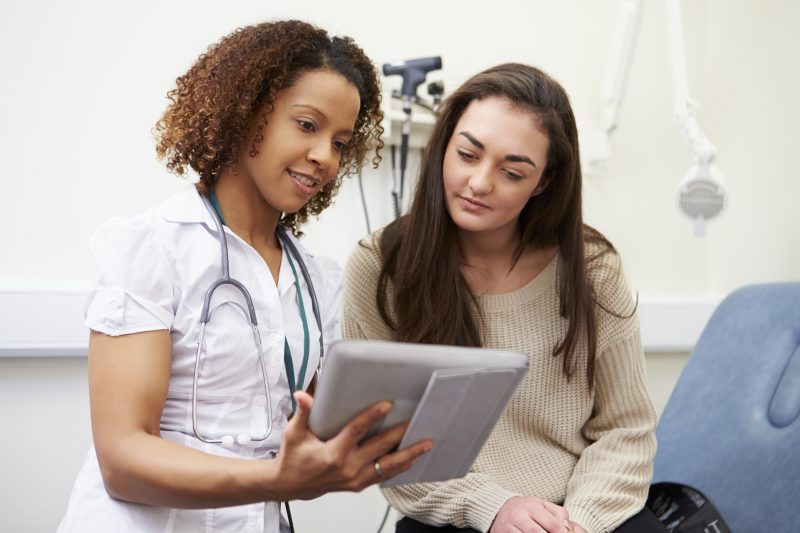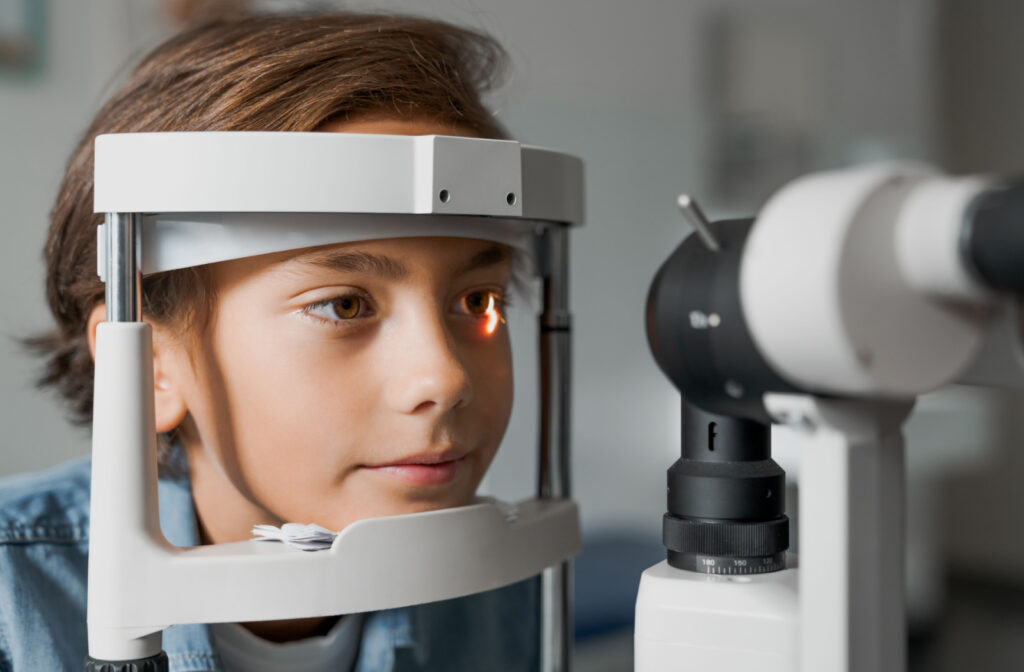All Categories
Featured
Low vision, a problem where standard glasses, get in touch with lenses, or surgical treatment can not totally restore sight, can make everyday tasks testing. Low vision recovery uses an array of sources to aid individuals preserve their freedom and quality of life. This post checks out the alternatives readily available for those seeking assistance in managing their visual problems.
What Is Low Vision Rehab?
Low vision rehabilitation is an organized method to assist individuals optimize their staying vision and adjust to new methods of executing daily tasks. Experts deal with clients to develop individualized methods, incorporating tools, techniques, and training programs that fit their distinct demands.
![]()
Secret Options for Reduced Vision Rehabilitation
Vision Enhancing Tools
Optical Aids: Gadget like magnifiers, telescopic glasses, and unique analysis lenses can boost quality for reading, writing, and various other close-up tasks.
Electronic Aesthetic Aids: Devices such as electronic magnifiers and mobile video magnifiers offer flexible zoom capabilities for numerous tasks.
Wearable Modern technology: Smart glasses geared up with cams and voice responses deal innovative options for improving vision.
![]()
Assistive Innovation
Display readers, text-to-speech applications, and tools with voice commands make modern technology available for individuals with low vision.
Smart device applications, such as navigation help and things acknowledgment devices, aid users connect with their environments better.
Training and Treatment
Positioning and Mobility Training: Professionals show skills for navigating rooms securely, including making use of white canes or guide canines.
Daily Living Abilities Training: Rehabilitation programs supply approaches for food preparation, cleansing, and individual care, making certain that individuals can carry out essential tasks individually.
Aesthetic Skills Training: Exercises designed to enhance making use of remaining outer vision can improve aesthetic performance.
Environmental Adjustments
Adjustments to living or work areas can considerably boost access. Instances consist of:
Installing brighter lights.
Adding high-contrast markings to home appliances.
Setting up furnishings to create clear pathways.
Support Networks
Emotional and psychological assistance is a critical component of recovery. Assistance groups, therapy sessions, and counseling services can assist people deal with the difficulties of vision loss.
![]()
Peer networks connect people with similar experiences, cultivating a sense of community and shared knowing.
Exactly How to Access Reduced Vision Rehab Provider
Low vision rehab solutions are frequently provided by:
Reduced Vision Clinics: Operated by eye doctors and optometrists focusing on vision impairments.
Physical Therapists: Experts in adapting tasks and environments to fit private demands.
Nonprofit Organizations: Teams such as the American Foundation for the Blind (AFB) or neighborhood loss of sight assistance organizations use beneficial resources and referrals.
Conclusion
Coping with low vision can really feel overwhelming, however with the ideal assistance and devices, individuals can remain to lead meeting lives. Low vision rehabilitation offers a selection of sources tailored to boost functionality, increase self-confidence, and enhance lifestyle. If you or a loved one is dealing with the challenges of reduced vision, consider getting to out to an expert or rehabilitation facility to check out the lots of alternatives readily available. With each other, these remedies ensure that vision loss does not define or limit one's possibility.
What Is Low Vision Rehab?
Low vision rehabilitation is an organized method to assist individuals optimize their staying vision and adjust to new methods of executing daily tasks. Experts deal with clients to develop individualized methods, incorporating tools, techniques, and training programs that fit their distinct demands.

Secret Options for Reduced Vision Rehabilitation
Vision Enhancing Tools
Optical Aids: Gadget like magnifiers, telescopic glasses, and unique analysis lenses can boost quality for reading, writing, and various other close-up tasks.
Electronic Aesthetic Aids: Devices such as electronic magnifiers and mobile video magnifiers offer flexible zoom capabilities for numerous tasks.
Wearable Modern technology: Smart glasses geared up with cams and voice responses deal innovative options for improving vision.

Assistive Innovation
Display readers, text-to-speech applications, and tools with voice commands make modern technology available for individuals with low vision.
Smart device applications, such as navigation help and things acknowledgment devices, aid users connect with their environments better.
Training and Treatment
Positioning and Mobility Training: Professionals show skills for navigating rooms securely, including making use of white canes or guide canines.
Daily Living Abilities Training: Rehabilitation programs supply approaches for food preparation, cleansing, and individual care, making certain that individuals can carry out essential tasks individually.
Aesthetic Skills Training: Exercises designed to enhance making use of remaining outer vision can improve aesthetic performance.
Environmental Adjustments
Adjustments to living or work areas can considerably boost access. Instances consist of:
Installing brighter lights.
Adding high-contrast markings to home appliances.
Setting up furnishings to create clear pathways.
Support Networks
Emotional and psychological assistance is a critical component of recovery. Assistance groups, therapy sessions, and counseling services can assist people deal with the difficulties of vision loss.

Peer networks connect people with similar experiences, cultivating a sense of community and shared knowing.
Exactly How to Access Reduced Vision Rehab Provider
Low vision rehab solutions are frequently provided by:
Reduced Vision Clinics: Operated by eye doctors and optometrists focusing on vision impairments.
Physical Therapists: Experts in adapting tasks and environments to fit private demands.
Nonprofit Organizations: Teams such as the American Foundation for the Blind (AFB) or neighborhood loss of sight assistance organizations use beneficial resources and referrals.
Conclusion
Coping with low vision can really feel overwhelming, however with the ideal assistance and devices, individuals can remain to lead meeting lives. Low vision rehabilitation offers a selection of sources tailored to boost functionality, increase self-confidence, and enhance lifestyle. If you or a loved one is dealing with the challenges of reduced vision, consider getting to out to an expert or rehabilitation facility to check out the lots of alternatives readily available. With each other, these remedies ensure that vision loss does not define or limit one's possibility.
Latest Posts
Why Chain-Link Secure Fencing Stands Out?
Published Apr 11, 25
2 min read
Unlock Your Dream Fence with Flexible Financing Options
Published Apr 11, 25
0 min read
Developed on Top Quality, Driven by Solution
Published Apr 11, 25
1 min read